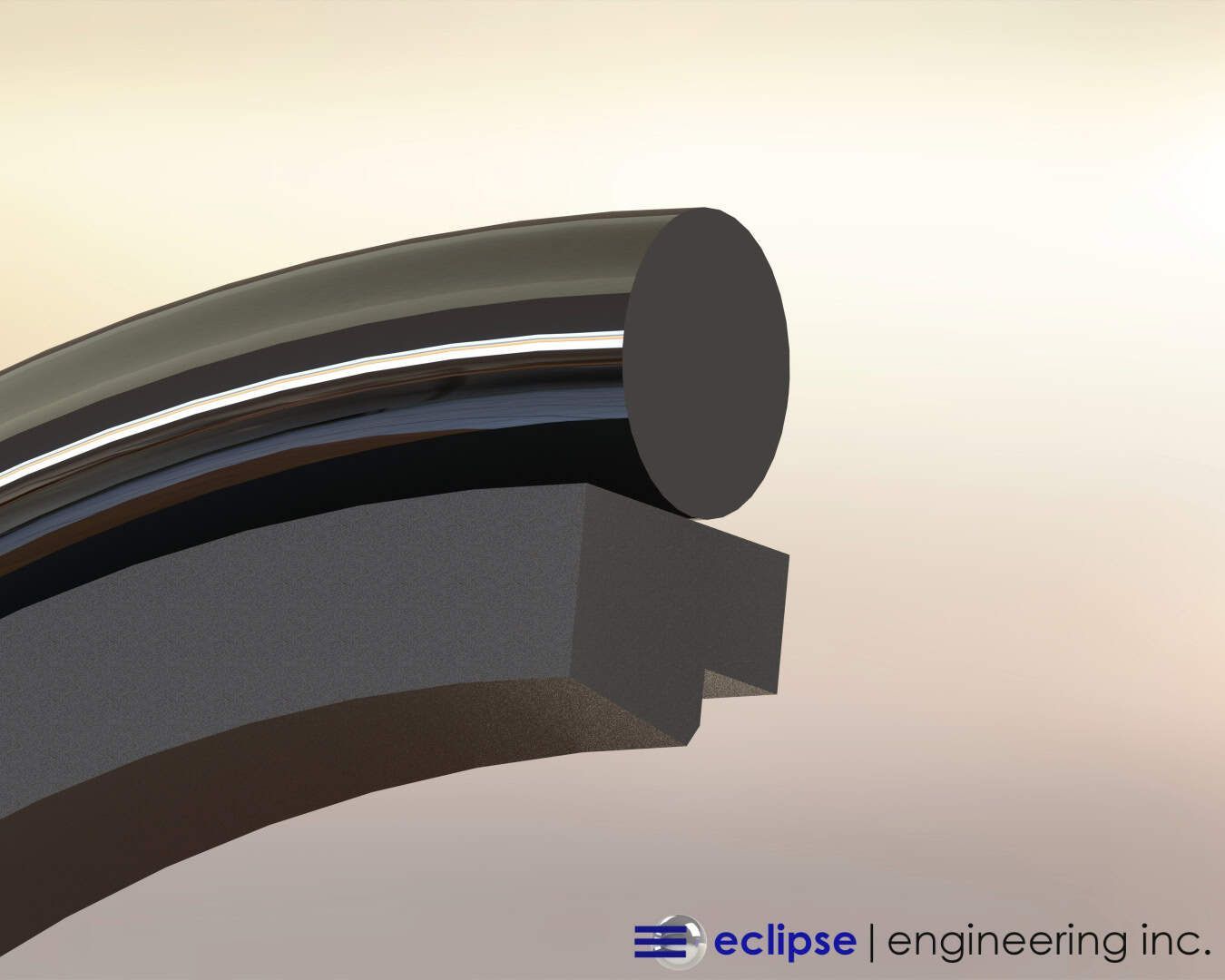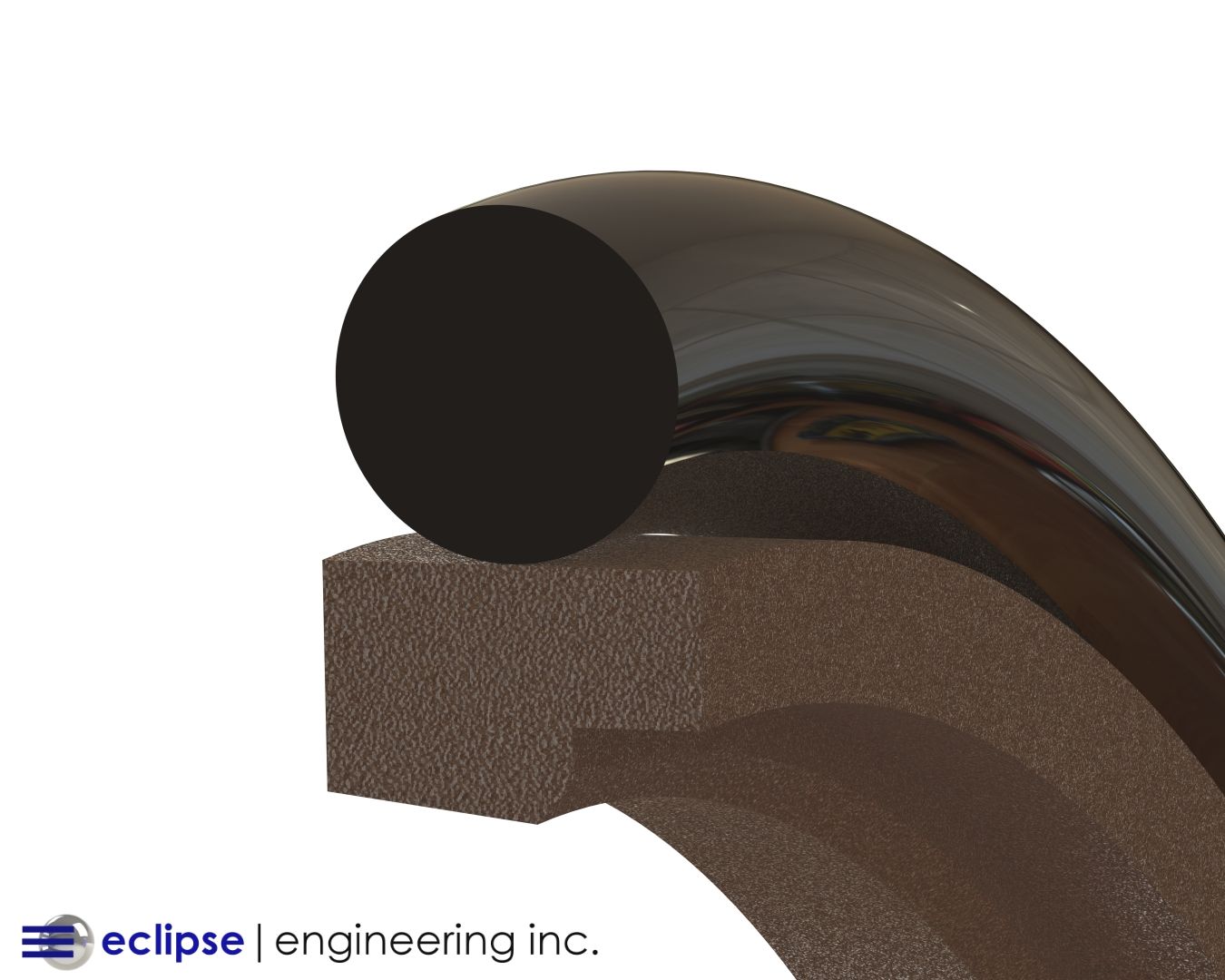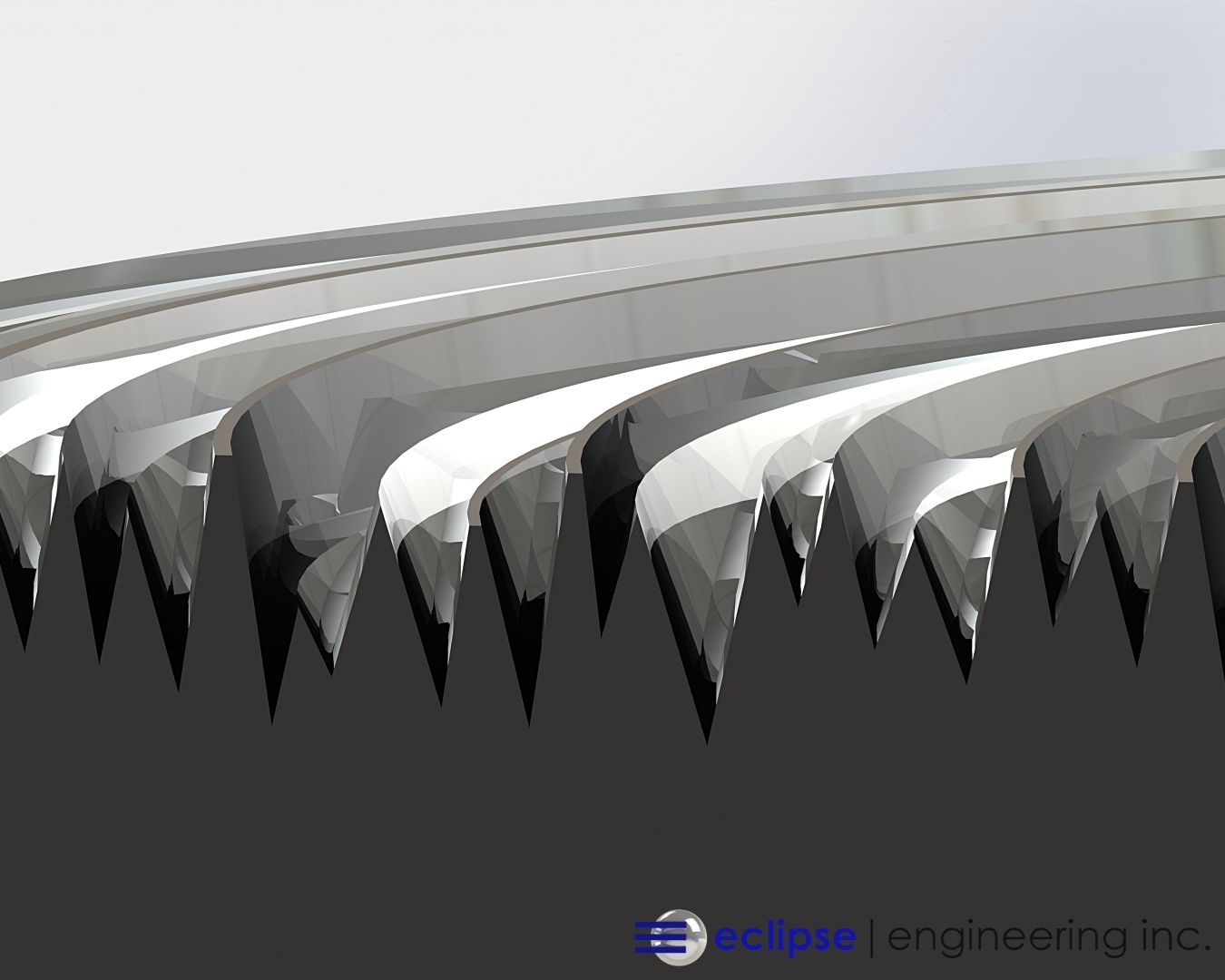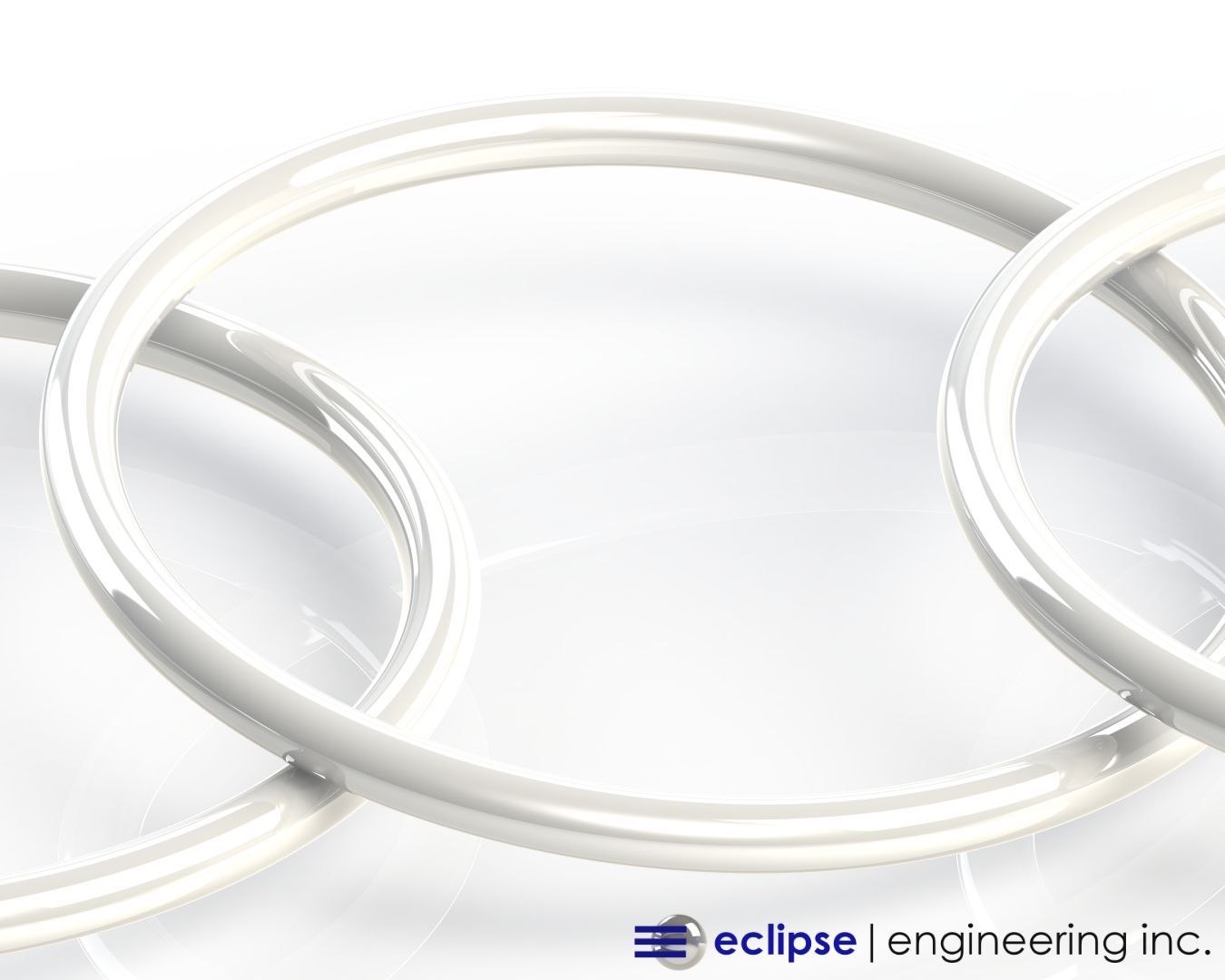How To Make Seals That Keep Dust Out Of Equipment
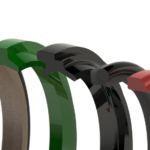
Dust is typically a minor annoyance that haunts the surfaces of our home. But in the world of engineering, machinery, and mechanical systems, it can be the difference between a reliable piece of equipment and disaster.
Dust can cause major damage to cylinder walls, rods, seals and other components inside of machinery. And if you’re not careful, dirt, mud, debris and water can all cause damage as well.
These foreign contaminants are real problems for mechanical systems, especially as they build up in small quantities over time. A single particle of dust today may be no big deal. But a mote of dust a day will eventually become enough of a presence to cause serious issues, like friction, surface wear and imperfect seal contact between surfaces.
These issues could compound until the mechanical system experiences a complete failure. It may seem like perfect is impossible, and that eventually some contaminants will get into your system no matter what you do.
But in some applications, like in automobiles and aircraft , failure is simply not an option.
Beyond those industries, many types of equipment need to stay clean on the inside, even when things get extremely messy on the outside. Examples include earth movers, hydraulic cylinders in steel mills, snow plows, and metal foundries, and in seals in logging equipment.
How to Keep a Mechanical System 100% Dust-Free
Just as seals keep pressurized fluids and gases in piston and cylinder systems, there are components that are designed to do the exact opposite — keep contaminants out .
In the sealing industry, the three main types of components used to keep dust at bay are wipers, excluders and scrapers. While each are a bit different, they all serve the same basic purpose, and are fitted on the exterior side of the main seals in a system.
The exact type of dust-prevention mechanism you need depends on what exactly you’re trying to protect against.
1. Wipers
These are used for light applications to seal out fine material like water, dust and wet mud, and are made of soft plastic or firm elastomer (also known as rubber).
If your primary concern is easy assembly and low friction, wipers may be the right choice for your application.
2. Scrapers
This component type is used for aggressive applications to seal out hard stuff like ice, dry mud or other solid debris. Scrapers are made of hard plastic or metal, commonly brass.
Scrapers do have one downside: They’re not ideal for preventing finer material from getting in. They also allow piston and rod lubrication leakage, which attracts dust buildup. In these cases, you probably want to use a soft wiper in tandem with a scraper by attaching it to the inside of the scraper.
3. Excluders
These fall somewhere in between wipers and scrapers in terms of protection capability. Excluders seal out medium-level material, which makes them perfect for when you need something more serious than a wiper but not as high-functioning as a scraper. Oftentimes, they’re an ideal solution.
Excluders are commonly used in hydraulic cylinders. They prolong seal life by preventing contamination of the hydraulic fluid that would otherwise damage wear rings, seals and other components.
A typical occurrence in hydraulic cylinders is the leakage of a microscopic film of hydraulic fluid through the excluder onto the piston/rod on the out-stroke, which can then attract dust. But on the return stroke, the excluder rubs all of that away to prevent entry of the fluid (with its newly found dust) back into the system.
Excluders are useful for rugged applications, like keeping road dirt out of vehicle shock absorbers or mud out of brake cylinders.
You also find excluders in use in pneumatic cylinders, which are usually of lighter construction than hydraulic cylinders. This means that the excluder can be combined with the inner seal, all in one piece.
Since excluders are typically designed for low friction, with a rounded or chamfered profile, they can be used in pneumatic cylinders to allow for the return of any leaked lubricant.
The one problem with excluders being designed as one piece with the inner seal is that they don’t perform as well as a separate excluder. However, this design more than makes up for its flaws by allowing for a small amount of compressed air leakage, which blasts away any contaminants. The cylinder can afford to use a little bit of air more than it can afford to lose fluids.
Endless Options for Keeping Dust Out
Wipers, excluders, and scrapers are built in all sorts of combinations for unique needs and desired functional parameters.
At Eclipse Engineering, we can help you decide what kind of design is right for your needs, considering the contaminants you’re looking to keep at bay, installation specifications, and how much friction is acceptable.
We’ll also help you choose the appropriate materials for your solution. For example, a PTFE-encased stainless steel scraper can operate in temperatures up to 550 degrees Fahrenheit.

